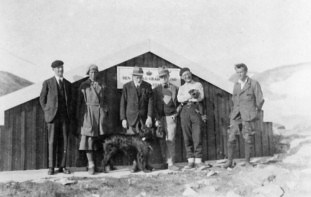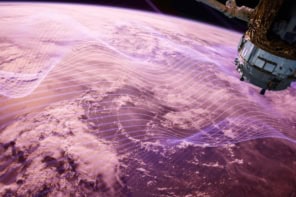French geophysicist Vincent Courtillot discusses why the Earth’s magnetic field occasionally flips, explaining how the geological record reveals the planet’s history of pole reversal
The Earth’s magnetic field provides us with a vital shield from the Sun’s deadly rays, as well as enabling compass bearers around the world to find their way. But the field is not as reliable as we first thought. There is strong evidence in the geological record to suggest that many times throughout the Earth’s history the north and south magnetic poles have reversed, as the major dipole component of the field has flipped.
How do we know that the Earth’s field has reversed direction in the past? Is another reversal likely to occur anytime soon? What processes deep within the Earth might cause these reversals to occur?
These are among the questions I put to the eminent French geophysicist Vincent Courtillot in this special audio interview with physicsworld.com. Courtillot, who is based at Paris Diderot University in France, explains how the Earth’s rocks have functioned as a natural tape recorder – the orientation of magnetic particles in the rocks reveals the state of the magnetic field in Earth’s past.
Having set the scene at the Earth’s surface, Courtillot takes us on a journey to the centre of our planet. He describes the physical processes taking place in the planet’s molten-iron outer core that lead to the generation of the magnetic field, and he tells us about his own studies of the boundary of the Earth’s core and the overlying mantle. Courtillot also describes how thermodynamics can help to explain how the frequency of reversals has varied throughout the Earth’s history.
This idea is developed in a feature article in the March issue of Physics World, a special issue focused on earth sciences. In this article, three other French geophysicists argue that the rate of reversals is also connected to the distribution of continents on the Earth’s surface, thus connecting geological processes through the entire planet. You can a free PDF download of the March issue via this link.



